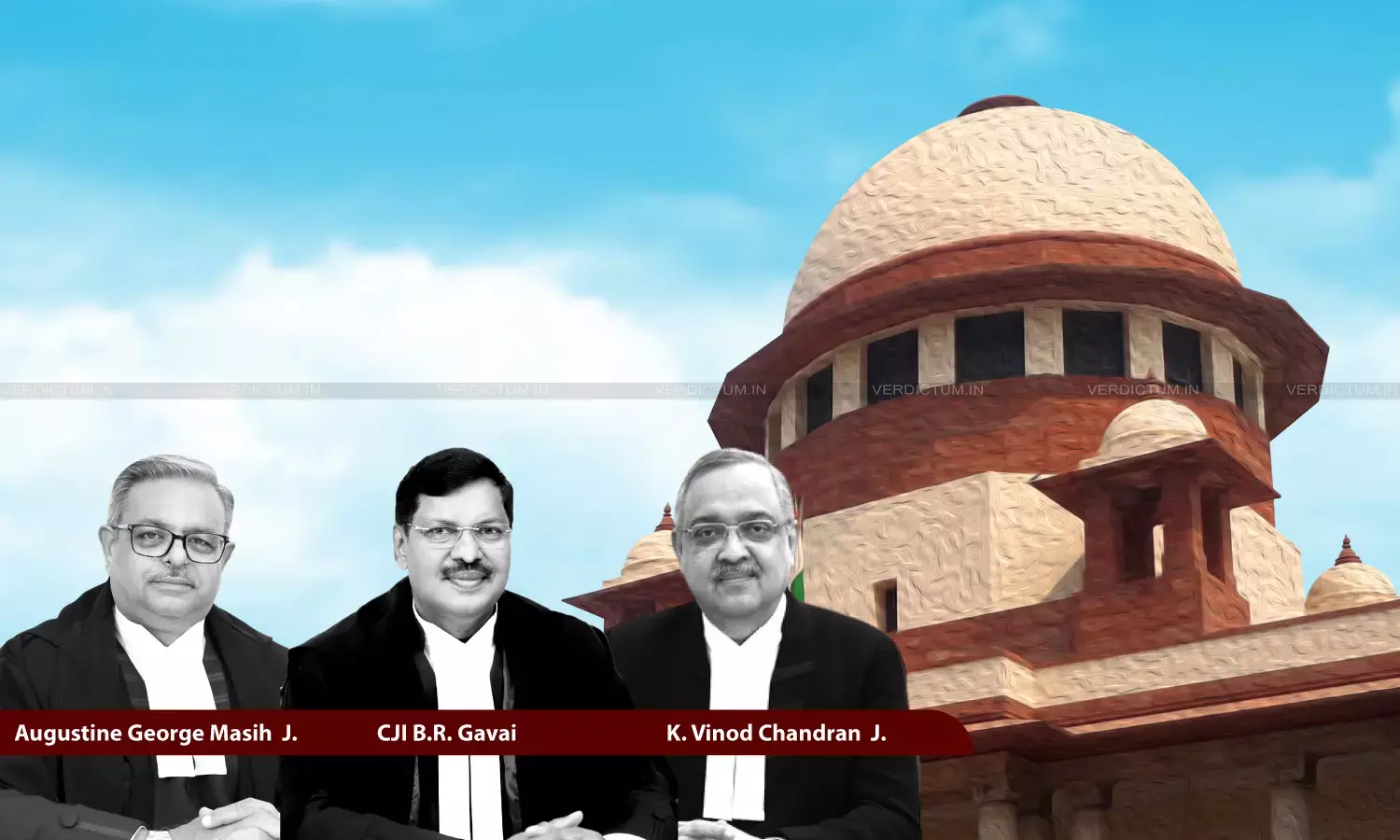- Courses
- GS Full Course 1 Year
- GS Full Course 2 Year
- GS Full Course 3 Year
- GS Full Course Till Selection
- Online Program
- GS Recorded Course
- NCERT (Recorded 500+ Hours)
- Polity Recorded Course
- Geography Recorded Course
- Economy Recorded Course
- AMAC Recorded Course
- Modern India, Post Independence & World History
- Environment Recoded Course
- Governance Recoded Course
- Science & Tech. Recoded Course
- International Relations and Internal Security Recorded Course
- Disaster Management Module Course
- Ethics Recoded Course
- Essay Recoded Course
- Current Affairs Recoded Course
- CSAT
- 5 LAYERED ARJUNA Mentorship
- Public Administration Optional
- ABOUT US
- OUR TOPPERS
- TEST SERIES
- FREE STUDY MATERIAL
- VIDEOS
- CONTACT US
Supreme Court Directs States and UTs to Handover Forest Lands to Forest Department
Supreme Court Directs States and UTs to Handover Forest Lands to Forest Department
20-05-2025

- In May 2025, the Supreme Court of India issued significant directions to all State Governments and Union Territories (UTs) regarding the transfer of forest lands held by the Revenue Department.
- The Court’s order was based on the illegal allotment and diversion of forest lands for commercial purposes, as well as concerns about forest conservation.
Background of the Case
- The case involves an area of land in Survey No. 20 of Village Kondhwa Budruk, Pune District in Maharashtra, which was notified as a Reserved Forest under the Indian Forest Act, 1878.
- In 1934, 3.2 acres of the total 32 acres of forest land were de-reserved by the State Government.
- The remaining 29.15 acres continued to be reserved as forest land.
- In the 1960s, the Chavan Family’s agricultural land was acquired for the construction of the Dr. Bandorwala Leprosy Hospital.
- The family, claiming no compensation, requested alternative land for resettlement.
- In 1968–69, the Tehsildar, Haveli, allowed the Chavan family to cultivate the forest land on an ‘Eksali’ (temporary yearly) lease.
- In 1988, the Chavan family applied for permanent allotment of the forest land, following a decision by the State Government in 1969 to release the land for cultivation.
- In 1980, the Forest (Conservation) Act (FCA) came into effect, requiring prior Central Government approval for the diversion of forest land for non-forest purposes.
- In 1998, the Pune District Collector allowed the use of the forest land for residential and commercial development without obtaining necessary approval from the Central Government.
- The Ministry of Environment and Forests granted Environmental Clearance (EC) to the builder in 2007 and the Pune Municipal Corporation issued construction permits, which was later quashed by the Court.
- The land was still under the possession of the Revenue Department, despite its status as notified forest land.
- The illegal allotment of forest land was challenged in the Supreme Court, which examined the matter in detail.
Supreme Court's Observations
- The Court found that the land allotment was in direct violation of the Forest (Conservation) Act, 1980, which prohibits the diversion of forest land without Central Government approval.
- The Court discovered that the Gazette Notification used to justify the de-reservation of the forest land in 1944 was fabricated.
- The inquiry conducted by the Additional Superintendent of Police, CID, confirmed this.
- The Supreme Court observed that both the State Revenue Minister and the Divisional Commissioner of Pune had acted in breach of public trust, facilitating the illegal allotment of forest land for private purposes.
- The Court noted that the Chavan family’s status as a backward class was misused to support the land allotment under the guise of resettling the family.
- Despite multiple objections from the Forest Department, which insisted that the land could not be allotted for non-forestry purposes, the authorities proceeded with the land transfer for commercial development.
- The Court emphasized that the Public Trust Doctrine had been violated, as forest land is a public resource, and it should be protected for the public good, not diverted for commercial interests.
Supreme Court’s Directives
- The Court directed that all forest lands currently in possession of the Revenue Department should be handed over to the Forest Department for afforestation and conservation within 3 months.
- The Chief Secretaries of all States and Administrators of UTs are to constitute Special Investigation Teams (SITs) to examine if any forest land has been illegally allotted to private individuals or institutions for non-forest purposes.
- The States/UTs should take steps to recover the possession of forest lands from those who have illegally acquired it and hand it over to the Forest Department.
- The Court set a one-year deadline for the transfer of all such forest lands to the Forest Department.
- Once the land is transferred, it should be used exclusively for afforestation, restoration, and conservation activities, as per the provisions of the Forest (Conservation) Act, 1980.
- If land has already been converted for non-forestry purposes and cannot be repossessed, the States/UTs must recover the cost of the land from the individuals or institutions and use the recovered money for afforestation and environmental restoration.
- In cases where taking back the land would harm the public interest, a thorough investigation should be conducted to determine whether the conversion is justifiable.
Key Legal and Constitutional Aspects :
- Forest (Conservation) Act, 1980:
- Restricts use of forest land for non-forest purposes without prior approval of Central Government.
- T.N. Godavarman Thirumulpad v. Union of India (1996):
- Landmark SC judgment defining ‘forest’ under the Act.
- Directed that: "All ongoing activities within forest areas without Central Government approval must stop immediately."
- Any post-1996 allotment of forest land without prior approval is unconstitutional and illegal.
- The Court noted the ongoing nexus between politicians, bureaucrats, and private developers that undermines forest conservation efforts.
Definition of “Forest” – Clarified by the Supreme Court in T.N. Godavarman Thirumulpad v. Union of India (1996) :
|
Significance of the Judgment
- The judgment strengthens forest conservation laws and upholds the public trust doctrine in the protection of forest lands.
- It holds government officials accountable for illegal land transfers, emphasizing transparency and responsibility in land management.
- It sets a precedent for future cases involving illegal conversion of forest land, with strict enforcement of the Forest (Conservation) Act.
- The directive promotes sustainable development by ensuring that forest lands are protected and used for environmental conservation rather than commercial interests.
|
Also Read |
|
| FREE NIOS Books | |




